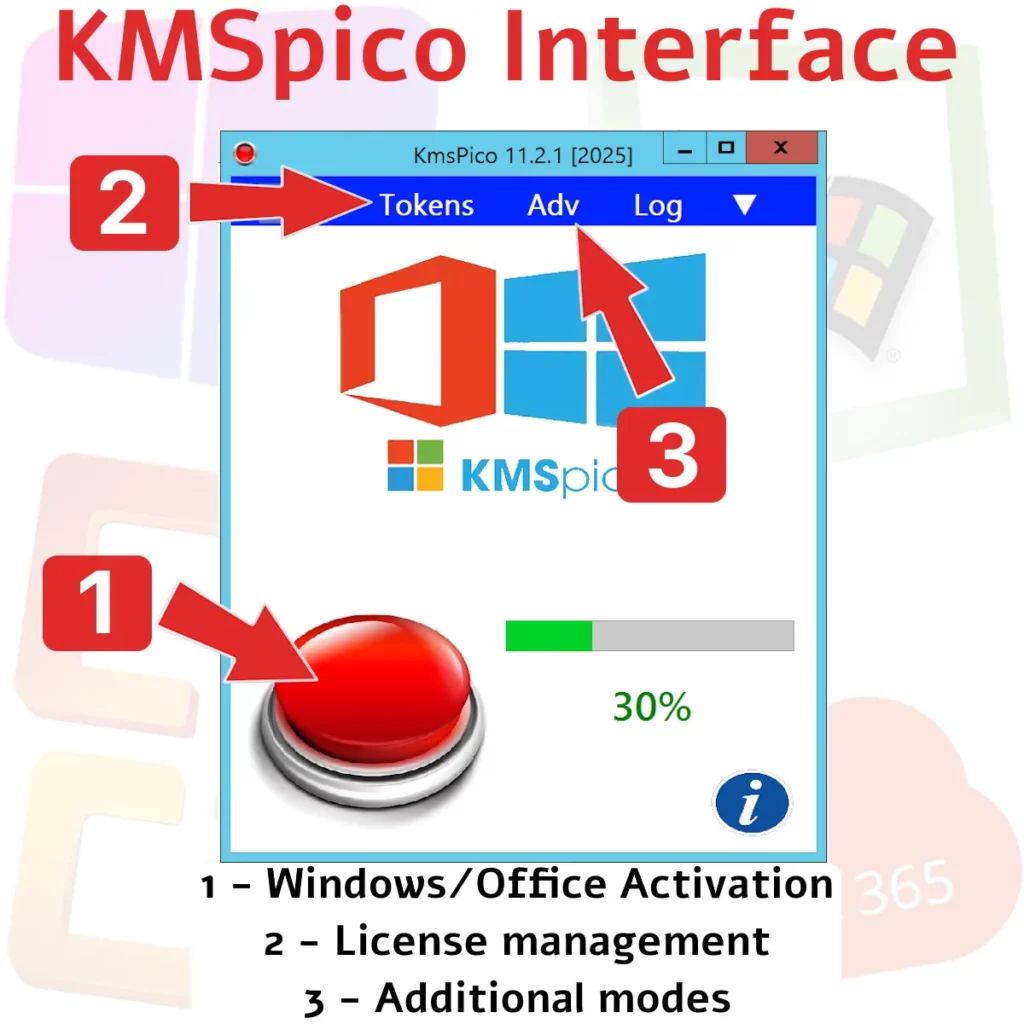KMS activation plays a crucial role in managing licensing for organizations that deploy Microsoft products under volume licensing agreements. This article delves into the functionality and application of KMS activation in various system architectures, exploring its benefits and potential challenges. Understanding how KMS activation works can significantly impact an organization’s ability to streamline software deployment and ensure compliance with licensing requirements.
Understanding KMS Activation
Key Management Service (KMS) is an integral part of Microsoft’s Volume Licensing program. It allows organizations to automate the activation of Microsoft products, such as Windows and Office, without requiring each machine to connect directly to Microsoft for validation. Instead, a local KMS server manages activations within the network. This method provides a seamless way for companies to maintain control over their software assets while minimizing administrative overhead.
The Mechanics of KMS Activation
KMS activation works by setting up a local server within an organization’s network that communicates with Microsoft to verify licenses. Once verified, the KMS server can activate connected devices. The system requires a minimum threshold of 25 clients for Windows operating systems and 5 for Microsoft Office products. This threshold ensures that only legitimate installations are activated, providing a layer of security against unauthorized use.
KMS Activation in Windows Operating Systems
Utilizing kms activation for Windows simplifies the license management process. Tools like the Volume Activation Management Tool (VAMT) are used to track and manage activations. For instance, using the command “slmgr.vbs /ato” triggers immediate activation on the client-side once it communicates with the KMS host. This process ensures that all systems remain compliant with licensing terms without manual intervention from IT staff.
Implementing KMS in Office Applications
KMS activation is not limited to operating systems; it extends to Microsoft Office applications as well. Products like Office 2016 can be activated through a similar process, ensuring seamless integration and validation across multiple devices. This consistency is critical for enterprises that rely on productivity suites for daily operations, as it guarantees uninterrupted access to essential tools.
Benefits of Utilizing KMS for Office Products
Using kms office activation ensures that all users within an enterprise have access to properly licensed software features without interruption. This centralized approach negates the need for individual product keys, streamlining administrative overhead. Moreover, it provides IT departments with greater visibility into software usage patterns, allowing them to make informed decisions about future licensing needs.
Integration Challenges and Solutions
Despite its advantages, deploying KMS activation can present certain challenges. Systems administrators may encounter difficulties related to network configuration or conflicts with existing infrastructure. Addressing these issues requires thorough planning and understanding of network topologies. Adequate training and documentation can also play a pivotal role in overcoming these obstacles efficiently.
Handling Activation Server Failures
An essential part of maintaining kms activation is ensuring server reliability. Administrators should implement redundancy measures such as backup servers or snapshots taken at regular intervals—ideally after every major software update—to prevent disruptions in license validation processes. These proactive steps help mitigate risks associated with hardware failures or unexpected outages.
Network Configuration Considerations
Effective kms activation necessitates proper DNS configuration, allowing clients to locate the KMS server reliably. This often involves setting DNS SRV records correctly or specifying server addresses manually on client machines. Proper configuration ensures smooth communication between client devices and the KMS host, reducing downtime and enhancing overall system performance.
Security Implications of KMS
KMS servers must be secured against unauthorized access since they handle sensitive licensing data. Implementing stringent access controls and regular security audits can mitigate risks associated with misuse or exposure of licensing information. Organizations should prioritize cybersecurity measures to protect their infrastructure from potential threats while maintaining operational integrity.
KMS Tools and Alternatives
A variety of tools complement kms activation, including popular options like kmspico and others designed for specific versions such as kmspico for windows 11. While they provide alternatives for activating software, it’s imperative to ensure compliance with licensing agreements when using them. These tools can offer flexibility but must be deployed judiciously to avoid legal complications.
Comparing KMSpico and Official Activation Methods
While tools like descargar kmspico offer convenience by automating the process, they often operate outside official support channels. Comparing these with legitimate tools such as VAMT ensures that organizations remain aligned with Microsoft’s terms while benefitting from licensed software capabilities. Careful evaluation of these options helps strike a balance between ease of use and adherence to corporate policies.
The Role of Volume Licensing in Activation
Volume licensing provides organizations with bulk access to software, making kms activation essential for managing deployments efficiently. By leveraging volume licenses, companies can reduce costs while maintaining legal compliance across all installations. This strategic approach enables businesses to optimize resource allocation while safeguarding against potential compliance issues.
Real-World Scenarios: Managing Complex Architectures
In environments comprising hybrid cloud setups and diverse device configurations, deploying kms activation becomes more complex yet crucial. Balancing between on-premises systems and cloud solutions requires flexible strategies that accommodate different network needs while ensuring unified license management. Effective coordination across teams is key to successful implementation in such multifaceted landscapes.

Case Study: Large Scale Deployment
A company deploying thousands of workstations globally utilized kms pico download combined with traditional KMS methods to achieve seamless license distribution across its infrastructure—a setup involving over 50 virtual machines and demanding considerable bandwidth resources. Such large-scale implementations require meticulous planning and robust network architectures to deliver desired outcomes effectively.
Lab Constraints in Testing Environments
Dedicating adequate resources is vital during testing phases; typically, a lab setup might require at least VM instances with 2 vCPUs and 4 GB RAM each to emulate real-world scenarios accurately before full-scale rollouts occur. These test environments help identify potential bottlenecks or compatibility issues early on, facilitating smoother transitions during actual deployment stages.
Concluding this study on kms activation, it’s evident that understanding its mechanisms deeply affects how organizations adopt technology strategies related to software validation and efficiency across their networks. By addressing potential pitfalls proactively through robust planning and tool selection, enterprises can leverage this powerful system architecture element effectively. The continuous evolution of IT landscapes demands adaptive solutions like KMS that cater to dynamic business needs while ensuring regulatory compliance remains intact.









































